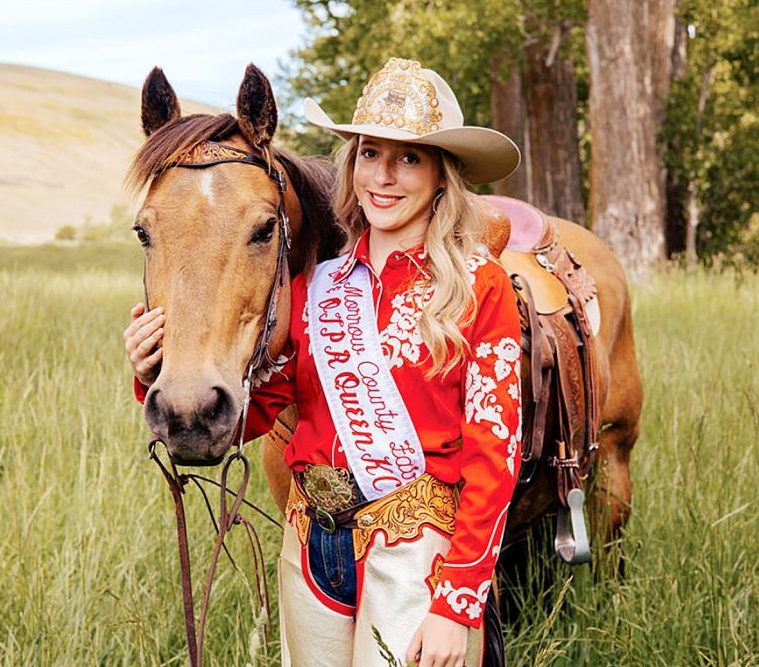What’s the scoop on that app?
Published 5:00 pm Monday, September 30, 2024

- What’s that app.jpg
I often wonder if I’ll be cool enough to parent teenagers as a geriatric mother in my 40s. My kids are currently all under the age of 7, but research tells me they won’t stay that way, despite my efforts to keep them small (starvation, limited access to sunlight, etc.) When they are teenagers they aren’t going to be like me. I got my first cell phone at age 18. It was capable of sending limited texts for an exorbitant amount of money and that was all. If I wanted to communicate anything longer than a few short sentences I had to fire up my desktop and log on to AOL Instant Messenger. This gave me at least 90 seconds to think better of whatever I was about to put out into the universe.
Teens today, though, don’t have the luxury of this pause. They walk around with fully functioning computers in their pockets and can communicate with their peers the second an idea pops into their head. Having read my own sixth grade diary, this concerns me. What will my kids say as teenagers and how will they say it? As parents we have to understand how our kids are communicating. For reference, I compiled a list of current popular apps and how they are used.
Trending
Instagram: No longer the picture only app, Instagram has become an avenue for sharing real time content that packs a punch. It’s where your child is most likely to share the big emotions of their currently developing brain. And the world knows this, hints a certain Taylor Alison Swift using the platform to encourage voter registration. People can share videos, stories, posts and private messages here. Stories are only public for 24 hours, but screenshots are forever, so remind your teen that whatever they post has a shelf life far longer than a day.
Snapchat: It pains me to even bring this one up. Each message sent is designed to disappear after being opened. This burn-after-reading concept is dangerous. It encourages risky messaging and creates a false security that what you’ve said disappears soon after. First: Words have power, a message gone in eight seconds, doesn’t mean its impression disappears in eight seconds. And second, it is a lot more challenging to create a track record. If your teen is receiving or sending threatening or inappropriate messages on Snapchat and they aren’t screenshotting it, then it becomes he said/she said, leaving a lot of room for error and misunderstanding. Snapchat is not just cute puppy filters, I repeat, NOT just puppies!
TikTok: Can we say addictive? Have you tried TikTok? It’s a real live, time machine. You open the app at 9 p.m. and in mere seconds it is midnight — and all you have to show for it is that viral tune playing on repeat in your head. This is why we all know, and regret knowing, the words to Watermelon Sugar. This app is primarily for sharing content, often through a separate communication app. An algorithm determines what to show each user based on what they view the longest and engage with the most. Hot parenting tip, if your teen’s TikTok feed is primarily booty shaking, that’s what they are using the app for. If their feed is primarily food porn like mine, remind them what they see there isn’t reality. Almond croissants aren’t easy to make, not everything will air fry.
Discord: Once the app for gamers, Discord has transitioned into a form of social media that harkens back to the days of the online forum. Users can create their own server, set up conversation topics for group interaction and private message on the side. It’s effectively Microsoft Teams for teens but instead of work-related projects, conversations usually center on fandoms and gaming.
These apps aren’t inherently dangerous, but they can put your teen at risk for unwanted contact with strangers, inappropriate reading and viewing material and cyber bullying. If you’re the parent of a teen, you are probably aware of the typically poor response after telling them not to do something. The conversation you need to be having is about online safety. Make sure your teen is not sharing personal and identifying information, make sure she understands privacy settings, and make sure you have an open dialogue on how you expect them to behave online. We want our kids to treat people online the way we want them to be treated online. It’s a tough conversation to have, but while you are discussing internet safety, you also want to make sure you’re not housing the bully.
I have a solid five years before I need to take any of my own advice, but I’m not wasting that time. If you need me, I’ll be creating accounts for TikTok, Discord, Snapchat and Instagram, posting embarrassing photos and stories about my children and scaring them away from each platform, the same way you have all effectively kept your teens off Facebook.









